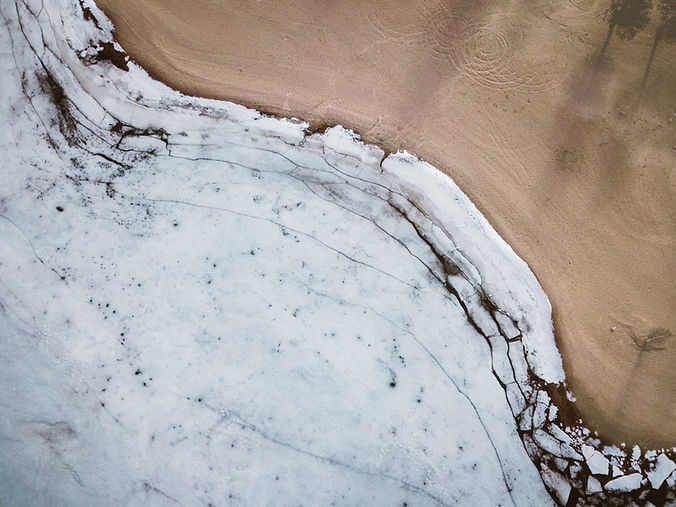top of page

Now Enrolling for 2026
Spring Term March 15 to May 8 - Fall Term Sep 21 to Nov 13

Page Title
This is a Paragraph. Click on "Edit Text" or double click on the text box to start editing the content and make sure to add any relevant details or information that you want to share with your visitors.
Section Title
Section Title
This is a Paragraph. Click on "Edit Text" or double click on the text box to start editing the content and make sure to add any relevant details or information that you want to share with your visitors.
bottom of page